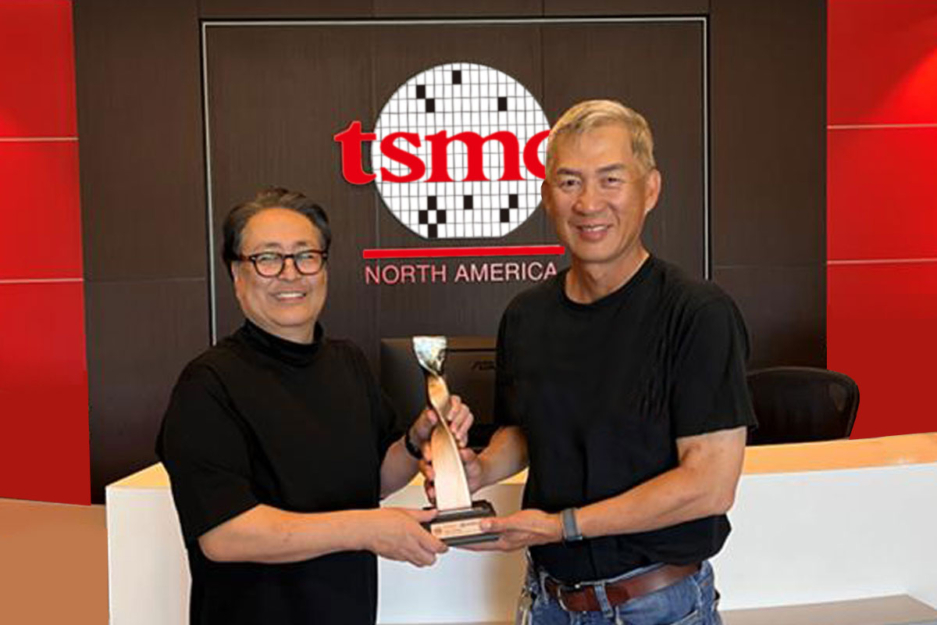
As a result of generative AI, responsibilities are now being automatic during the healthcare field. AI is getting used by medical experts to analyze medical photographs, aid in analysis, and also build treatment suggestions. The accuracy and effectiveness of healthcare functions are greater by this development. This aspect is predicted to generate The expansion of the Generative AI Sector.
Moreover, designers can securely build and deploy products confidently with our secureSPOT® engineering and PSA-L1 certification.
The name Snowcone was utilized for the CM and Haystack was employed for the LM in equally inside and exterior communications all through early mission arranging.[seventy five]
With nearly 2MB of MRAM and one.8MB of SRAM, the Apollo4 has enough compute and storage to handle sophisticated algorithms and neural networks even though exhibiting lively, crystal-obvious, and clean graphics.
Regions that appeared promising on images taken on this planet were being normally uncovered to be totally unacceptable. The first need which the web page be freed from craters needed to be comfortable, as no these kinds of internet site was located.
An early and crucial conclusion was deciding on lunar orbit rendezvous more than both of those immediate ascent and Earth orbit rendezvous. A space rendezvous can be an orbital maneuver through which two spacecraft navigate through Place and satisfy up. In July 1962 NASA head James Webb declared that lunar orbit rendezvous will be used[35][36] and the Apollo spacecraft would've 3 major sections: a command module (CM) having a cabin with the three astronauts, and the one component that returned to Earth; a assistance module (SM), which supported the command module with propulsion, electrical energy, oxygen, and h2o; along with a lunar module (LM) that experienced two stages—a descent stage for landing over the Moon, and an ascent stage to put the astronauts back into lunar orbit.
The program's motion, in this case, was to get rid of reduce priority duties and re-set up the more essential ones. The computer, as opposed to almost forcing an abort, prevented an abort. If the computer hadn't acknowledged this problem and taken Restoration motion, I question if Apollo 11 might have been the effective Moon landing it was.[120]
Intelligent lights units may even be set up to turn on and off routinely determined by person Choices or schedules.
However it wasn’t extensive ahead of this strategy fell outside of favour. With spacecraft 014, the spacecraft for Apollo 2, falling badly powering, several begun questioning the value of flying a second Block I mission. There wasn’t an excessive amount of the company could find out from the Block I flight that it could then implement to the Moon-certain Block II missions. Aside from, NASA had lengthy deserted the apply of duplicating missions; not since Gus Grissom followed in Al Shepard’s suborbital contrails in 1961 experienced NASA duplicated a mission.
By the end of April, the charred spacecraft 012 had been disassembled to find the root of the incident and the pieces of Apollo had been little by little coming back collectively.
In the course of the mission, the induce was diagnosed given that the rendezvous radar switch staying in the incorrect posture, creating the computer to approach details from both the rendezvous and landing radars at the same time.[121][122] Application engineer Don Eyles concluded in the 2005 Steering and Command Meeting paper that the condition was due to a hardware style bug previously noticed throughout testing of the very first uncrewed LM in Apollo 5. Having the rendezvous radar on (so it was warmed up in the event of an crisis landing abort) ought to have been irrelevant to the pc, but an electrical phasing mismatch among two areas of the rendezvous radar program could trigger the stationary antenna to appear to the pc as dithering forwards and backwards involving two positions, dependent upon how the hardware randomly run up.
Apollo four was an "all-up" exam, indicating all rocket phases and spacecraft had been fully purposeful within the Preliminary flight, a primary for NASA. It had been the first time the S-IC initially stage and S-II second stage flew.
“As Ambiq proceeds to diversify and extend its businesses globally, The brand new Technologies Style Center is a further testomony to our determination and expense in Singapore for long term good results, enabling us to expand our advancement teams successfully.”
with method paths free of huge hills, tall cliffs or deep craters That may confuse the landing radar and trigger it to difficulty incorrect readings;

Get Smart. Use Less Energy.
Ultra-low power SoCs for IoT endpoint devices
that demand complex operations
and longer battery life.
✍ Ambiq® is committed to further improve the quality of life by enabling the intelligence of endpoints while further reducing carbon footprints. Ambiq – your partner in endpoint intelligence.
✯✯✯Based in Austin, San Jose, Hsinchu, Shenzhen, and Shanghai, our leadership and management teams consist of advocates, builders, enthusiasts, entrepreneurs, explorers, incubators, inventors, pioneers, protectors, thinkers, low power mcua and visionaries. With a diverse spectrum of experiences and skillset, we came together and united with one goal to enable the true Internet of Things where the battery-powered endpoint devices can truly be connected intuitively and intelligently 24/7.
Ambiq Wins the Demo of the Year Award at 2023 TSMC Technology Symposium
September 7, 2023, Austin, TX – Ambiq®, a leading developer of ultra-low-power semiconductor solutions that deliver a multifold increase in energy efficiency, was awarded the Demo of the Year Award by TSMC as a participant of the Innovation Zone at the 2023 TSMC North America Technology Symposium.
Ambiq Wins the Demo of the Year Award at 2023 TSMC Technology Symposium
During the April event, Ambiq showcased various product design wins using TSMC’s 22nm technology in wearables, digital health, smart home, Industrial IoT, pet trackers, and retail segments, with industry-leading energy efficiency. Ambiq also featured two live demos emphasizing its leadership in enabling endpoint AI with its HeartKit™ for remote patient monitoring and its graphics display capabilities for a vivid user interface.

TSMC pioneered the pure-play semiconductor foundry business model when it was founded in 1987, helping startup companies accelerate their innovations by providing access to the industry’s leading process technologies and manufacturing capacity. Since 2021, TSMC has expanded that mission with an Innovation Zone at its worldwide Technology Symposiums, highlighting how TSMC partners with startup companies to enable cutting-edge products from various applications, including high-performance computing, communication, automotive, IoT, and consumer segments.
“We’re grateful to TSMC and our booth visitors for allowing us to share our energy-efficient technology and processor solutions with them,” said Ambiq’s CEO, Fumihide Esaka. “We’re moving towards an exciting frontier of AI becoming more engrained with our daily lives. With that vision on the horizon, we will continue to develop innovative and first-of-its-kind ultra-low-powered solutions that keep innovation and sustainability in mind.

Ambiq’s mission is to develop the lowest-power semiconductor solutions to enable intelligent devices everywhere by developing the lowest-power semiconductor solutions to drive a more energy-efficient, sustainable, ultra low power mcu and data-driven world. Ambiq has helped leading manufacturers worldwide develop products that last weeks on a single charge (rather than days), while delivering a maximum feature set in compact industrial designs. Ambiq’s goal is to take Artificial Intelligence (AI) where it has never gone before in mobile and portable devices, using Ambiq’s advanced ultra-low power system on chip (SoC) solutions. Ambiq has shipped more than 200 million units as of March 2023.
Ambiq Designs Low-Power for Next Gen Endpoint Devices
Ambiq’s VP of Architecture and Product Planning, Dan Cermak, joins the ipXchange team at CES to discuss how manufacturers can improve their products with ultra-low power. As technology becomes more sophisticated, energy consumption continues to grow. Here Dan outlines how Ambiq stays ahead of the curve by planning for energy requirements 5 years in advance.
Ambiq Highlights From Embedded World 2024
Facebook | Linkedin | Twitter | YouTube